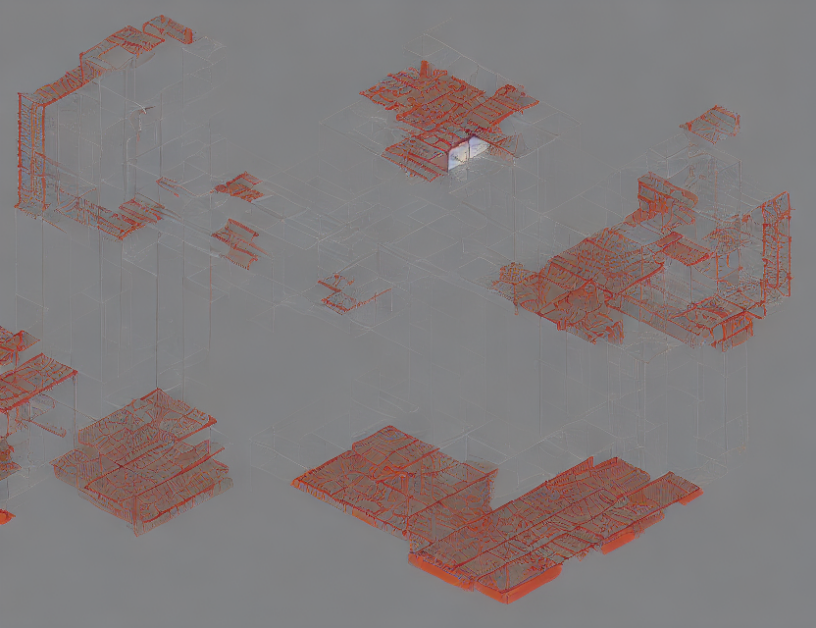In this paper, Michael C. Chavrimootoo, Tran Duy Anh Le, Michael P. Reidy, and Eliot J. Smith explore the implications of a recently proposed result by Robert Czerwinski, which claims that the complexity class NP is equal to the complexity class P relative to a certain type of oracle machine. The authors explain that this result does not directly solve the long-standing P versus NP problem, but it could potentially provide insights into its resolution.
To understand the significance of this result, the authors first explain the importance of complexity theory and the various hard problems that have been open for decades, including the P versus NP problem. They then discuss how Czerwinski’s result can be seen as a stepping stone towards resolving these issues.
The authors explain that in this paper, they assume that the input alphabet of every Turing machine is {0, 1}, which is unnatural but allows for a more faithful analysis. They also deviate slightly from Czerwinski’s notations and typesetting to stay as close as possible to standard practices.
The authors then introduce the concept of classes and oracle machines, explaining that they are used to analyze the complexity of problems. They define the language UP (uniform polytime) and show how it relates to other languages in the context of Turing machines.
Finally, the authors summarize their main findings and note that while Czerwinski’s result does not directly solve the P versus NP problem, it could potentially provide insights into its resolution. They also highlight the importance of further research in this area to fully understand the implications of this result.
In summary, Czerwinski’s "P 6= NP relative to a P-complete oracle" is a paper that explores a new approach to understanding the complexity class NP and its relationship to the P-complete oracle machines. The authors explain the significance of this result in the context of the long-standing P versus NP problem and highlight the potential insights it could provide towards resolving this issue.
Computational Complexity, Computer Science
Redefining P vs NP: A Critique of Czerwinski’s P = NP Relative to a P-Complete Oracle



